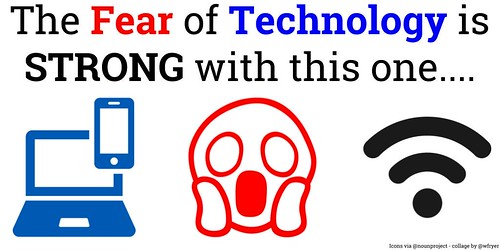 |
| 15 Accidental Inventions You Can't Imagine Your Life Without |
15 Accidental Inventions You Can't Imagine Your Life Without
The absolute most noteworthy developments we utilize each day were made unintentionally. These inadvertent innovations on this rundown totally changed our lifestyle. Some of the time things don't work out as expected. Be that as it may, from time to time, it's to improve things! Lets take a gander at 15 of them
Matches
English drug specialist John Walker saw that one of the sticks he used to blend the synthetic concoctions had some substance on it that burst into flames effectively.
Teflon
American scientific expert Roy J. Plunkett was attempting to make ice chests more secure and inadvertently made non-responsive, non-stick substance impervious to extraordinary temperatures.
Potato chips
New York culinary expert George Crum chose to change the manner in which he cooked potatoes to keep away from client grumblings.
Gelatos
The frozen yogurt stall at the 1904 World's Fair in St. Louis was coming up short on bowls and had a go at utilizing waffles rather than them.
Coca Cola
Drug specialist John Pemberton was attempting to figure out how to dispose of migraines and developed the syrup of coca leaves and cola nuts.
Post-It notes
3M Company physicist neglected to make an overly solid glue however gave the world the renowned clingy papers.
Security glass
French physicist Édouard Bénédictus saw that the recepticle that didn't break in the wake of tumbling off his work area had a meager film of fluid plastic in it.
Vulcanized elastic
Charles Goodyear blended elastic in with sulfur and incidentally dropped it on a hot surface – that is the manner by which vulcanized elastic was designed.
Plastic
Plastic was incidentally made in scan for a less expensive option for shellac however became something way progressively helpful.
Antidepressants
The primary stimulant was found in 1957 and should be a solution for tuberculosis.
Implantable pacemaker
Wilson Greatbatch added an inappropriate electronic part to what should be heartbeat recording device and made the pacemaker.
Anti-toxins
Scottish researcher Alexander Flemming saw that form murdered the microscopic organisms in a dish in his untidy lab and spared an incredible number of lives with his development of penicillin
X-beams
Wilhelm Roentgen unexpectedly put his submit front of an electron-bar tube in 1895 and designed x-beam imaging.
Superglue
In 1942, Kodak analyst Harry Coover was chipping away at straightforward plastic for weapon sights when he coincidentally made a very sticky substance that adhered to pretty much anything.
Microwave
Naval force radar pro Percy Spencer saw that the bar of chocolate in his pocket softened close to a microwave-producing magnetron. What's more, this is the means by which the microwave was designed in 1945!
Look at my Previous article:
Why Phones Don't Work In Elevators
Comments
Post a Comment
Please do not enter any spam link in the comment box.